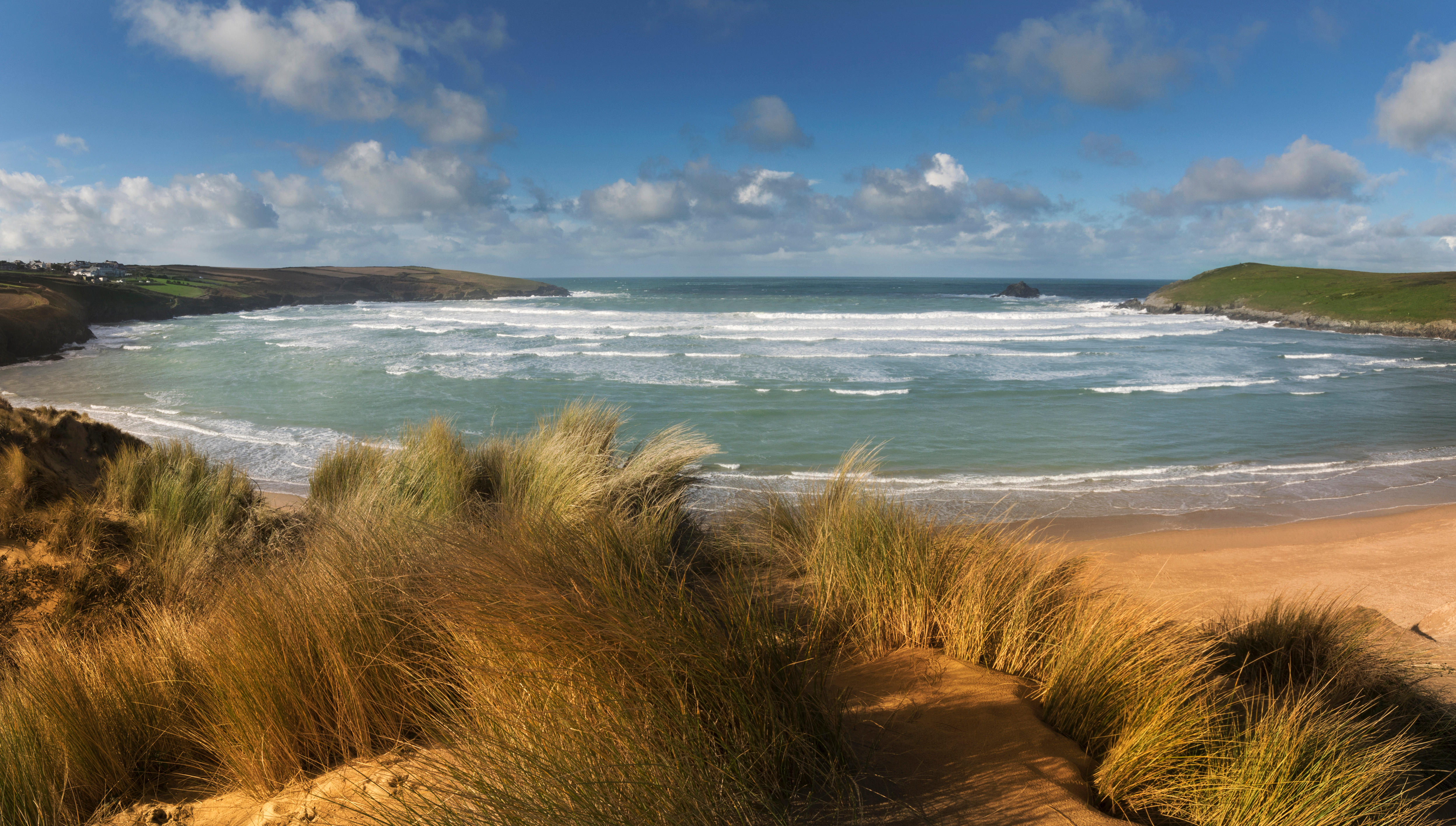Storm damage leaves Cornish beach 'unpredictable and dynamic' with rise in lifeboat rescues
Storms in 2014 altered the course of a river across Crantock Beach but the National Trust says a safety plan is being prepared.

Safety improvements for a beach in Cornwall are being explored after storm damage has left it 'unpredictable and dynamic'.
The RNLI has reported an increase in rescues from Crantock Beach near Newquay, with 70 rescues last year compared to 20 in 2013.
Five year ago, storms damaged a wall that altered the course of a river across the beach, changing tidal patterns and creating rip currents.
At a public meeting of the Gannel beach study steering group, the RNLI said the beach had become 'unpredictable and dynamic', but Dr Ben Dobson of Crantock Parish Council defended the popular stretch of coastline.
'This summer we have had thousands of people on the beach and there have been no serious accidents so there is every reason to come to our beautiful beach,' he said.
The BBC cited a new report, which has found potential solutions to replace the wall could cost more than £2m, but the meeting was told 'it is impossible to imagine landowners will produce a magic cheque'.
The steering group would apply for grant funding and environmental licences if the wall is to be replaced.
Exquisite houses, the beauty of Nature, and how to get the most from your life, straight to your inbox.
The group said it was also looking to implement a safety plan for those people using the beach, including potentially increasing lifeguard presence.
Crantock Beach is owned by the Duchy of Cornwall and the National Trust.
A National Trust spokesman said the safety plan will be prepared for use from summer 2020.
'The preparation will be led by the RNLI which will be supported by the National Trust, Duchy of Cornwall and parish council but the whole community will be encouraged to participate,' she said.
'The impact of the plan will be monitored and if it proves effective, resulting in the need for fewer interventions by the RNLI, a physical intervention may not be necessary.
'Current safety signage at the beach clearly warns of the danger of "strong currents" and states that the "beach profile and river bed have significantly changed" and that "users must only swim in designated areas and when there are lifeguards present".'